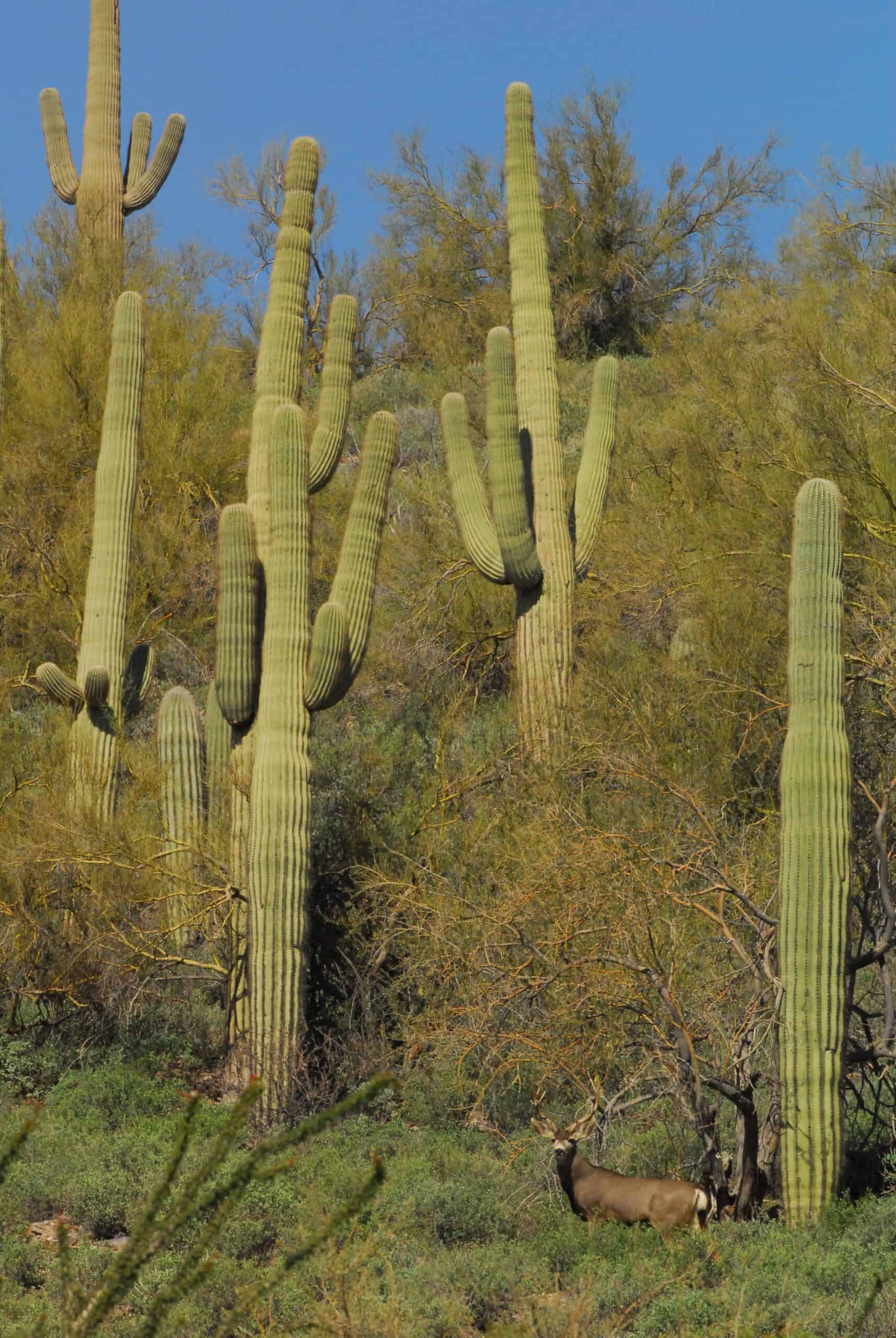Share this article
New student chapter hits the ground running
The Northwest Missouri State University Student Chapter of The Wildlife Society has concluded its first full semester as a recognized student chapter of TWS, with about 30 active members. Students worked very closely with the Missouri Department of Conservation throughout the semester as well as Loess Bluffs National Wildlife Refuge, in addition to independently practicing some of their own conservation efforts.
Several members attended the Missouri Chapter of TWS’s fall student workshop in October, where they toured the Blind Pony Fish Hatchery and learned outdoor skills, including how to shoot a dart gun and blow gun and how to set traps for fur bearing animals, among other things. Those who attended enjoyed the opportunity to speak with professionals in a variety of areas and found the experience overall to be very rewarding, as they look forward to attending next year.
Student chapter president Blake Charboneau and member Taylor Jones assisted Fisheries Management Biologist Tory Mason with the Missouri Department of Conservation in trapping on Mozingo Lake earlier this fall, just outside of Maryville. Traps were set in an effort to monitor crappie populations in the lake. This was the first time in several years for this to be done on the 1,000-acre lake, as vegetation levels are typically too high. The lake’s vegetation was minimal this year, however, due to low water levels in connection with this summer’s drought.
Mozingo Lake also served as the site where the student chapter was able to independently put in its own conservation efforts. The conservation department’s James A. Reed Memorial Wildlife Area provided two wood duck nesting boxes to the student chapter through a program working with private landowners, which members placed along the banks of Mozingo Lake. They gathered Nov. 1 to dig holes for the two boxes and erect them along the banks of the lake on the Mozingo Outdoor Education and Recreation Area (MOERA) property the university operates. These nesting boxes were placed with the hopes of providing a suitable manmade alternative — relatively safe from predators — to the tree cavities where wood duck hens typically nest. If the nesting boxes appear to go over well, students may add more to the property in upcoming years.
Also with the Missouri Department of Conservation, a handful of members assisted wildlife biologist Tom Enright at Bilby Ranch Lake Conservation Area in conducting pheasant and quail surveys. Participating members traveled to the conservation area very early several mornings over a period of a couple weeks to help with the surveys as the sun was rising.
The most recent activity was staffing a deer aging check station for the Missouri Department of Conservation over the opening weekend of firearms deer season, Nov. 10 and 11. In what has become an annual event, members set up a station at Thomas Farm Quality Meats in Ridgeway, Missouri, where harvest data is collected, including county and date of harvest, estimated age of animal, antler measurements and eye to nose measurements. In addition, students removed the lower incisors from each animal not being mounted. These incisors were then given to conservation department to be shipped to a lab for additional testing.
Data from that weekend will be combined with other data collected across the state, and will aid the conversation department in monitoring deer populations and setting future hunting regulations. An estimated 400 deer were examined by the student chapter throughout the weekend.
Members have volunteered at Loess Bluffs National Wildlife Refuge for various events, such as assisting with monarch butterfly tagging. Due to poor weather, no tagging was done that weekend. Instead, members helped collect wildflower seeds for future habitat restoration projects within the refuge. Members also volunteered at the annual family day in October, introducing children to Missouri mammals and wetland critters within their specific station. The student chapter also helped with Eagle Days at Loess Bluffs in early December. Looking toward the spring, students hope for another exciting and eventful semester full of both volunteer and hands-on field experience.
Header Image: River otters enjoy the managed wetlands at Loess Bluffs throughout the year. ©Kenny Bahr/USFWS Midwest Region








